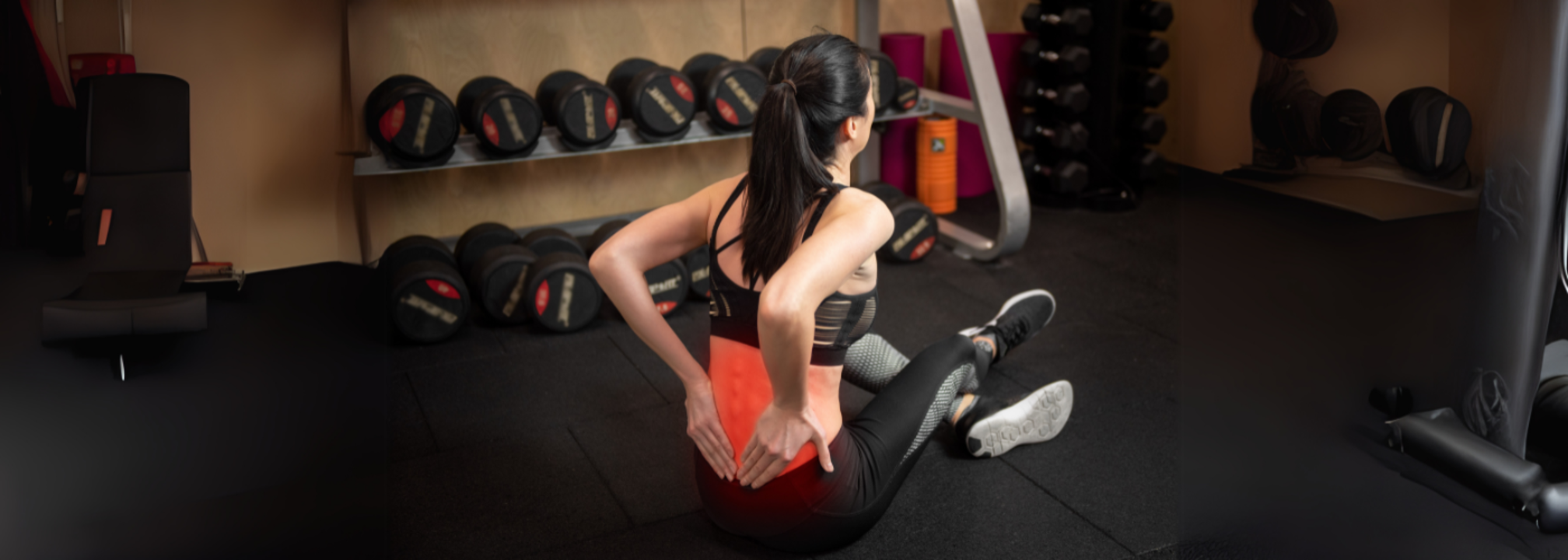Top Exercise-Related Injuries And How To Prevent Them

Image Credit: Canva
SummaryLearn about the top exercise-related injuries, their causes, and expert tips on prevention to stay safe while achieving your fitness goals.
End of Article

Image Credit: Canva